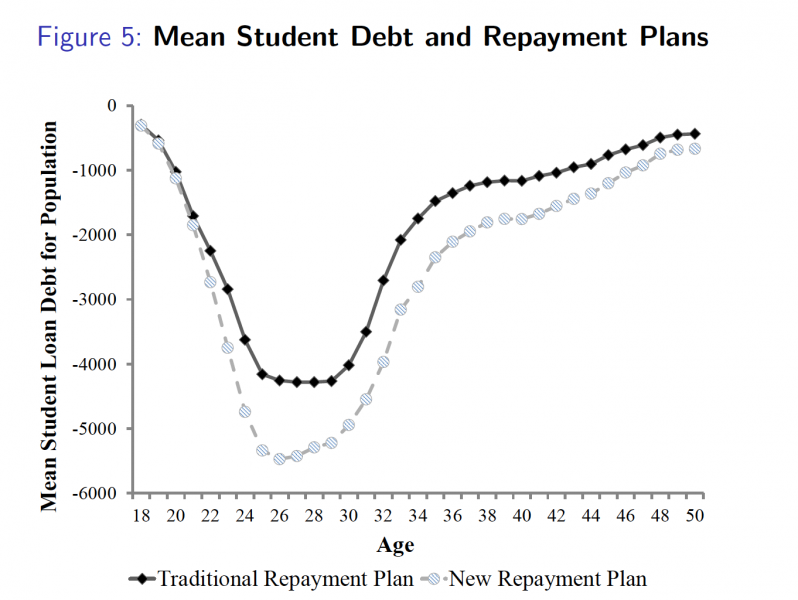
In 2017, 44.2 million Americans held student loan debt, totaling more than $1.4 trillion, according to the U.S. Federal Reserve. With the cost of tuition rising at most higher education institutions and enrollment increasing, these numbers are expected to keep climbing.
To evaluate the wide-reaching effects student loan policy change could have on borrowers’ lives, researchers from the Department of Economics at The Ohio State University ran thousands of situational simulations using the Ohio Supercomputer Center.
To reduce the weight of student loan debt on borrowers, Congress passed the College Cost Reduction and Access Act in 2007. This major change in loan repayment plans can relieve debt for many Americans sooner than expected. This legislation created two programs: one that would forgive student loans after 10 years of service in the public sector, and another that would allow borrowers at a certain income to make reduced payments and, after 20 years, have the outstanding loan balance forgiven.
Working under the guidance of Lucia Dunn, Ph.D., professor of economics at Ohio State, Graduate Assistant Hongyu Chen used data from the National Longitudinal Survey of Youth to model individuals’ education, career, borrowing, and spending decisions based on whether or not they were part of a loan forgiveness program. Chen wrote a program that ran simulations of over 151 parameters on a population of approximately 2,500 individuals between the ages of 18 to 65 during different periods of their lives.

“The estimation takes around 10 years if I’m running just one single computer,” Chen said. “That’s why I have to use the cluster of computers, like the supercomputer, that use multiple cores at the same time, so that saves me a lot of time.”
Still, the model took Chen around six months to complete on OSC’s Oakley Cluster using a program he wrote specifically for this project.
Chen found that the population affected by the change in student loan repayment plans increased the average total years of postsecondary education by 9 percent. Individuals were also more likely to take on more debt, holding 12 percent more before age 30 under the new plan, when knowing their loans would be forgiven. Chen said this data could be useful in informing federal government policies.
“(Student loans) are very expensive for the government. So, this directly provides the evidence (for determining) the best policies for the government to improve college enrollment or social welfare,” Chen said. “It has very important direct policy implications.”
#
Written by Audrey Carson